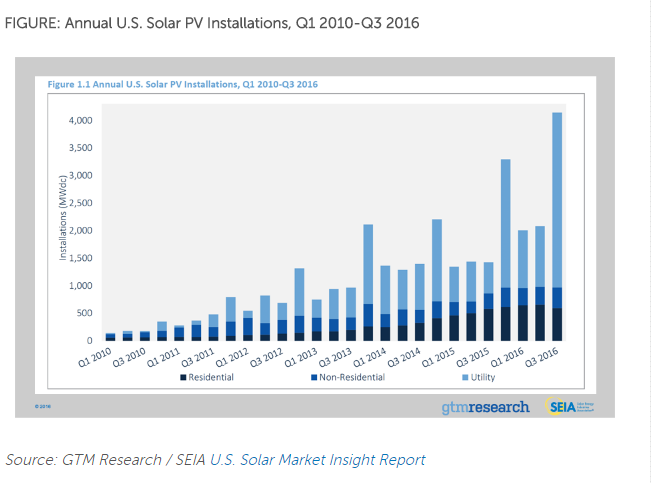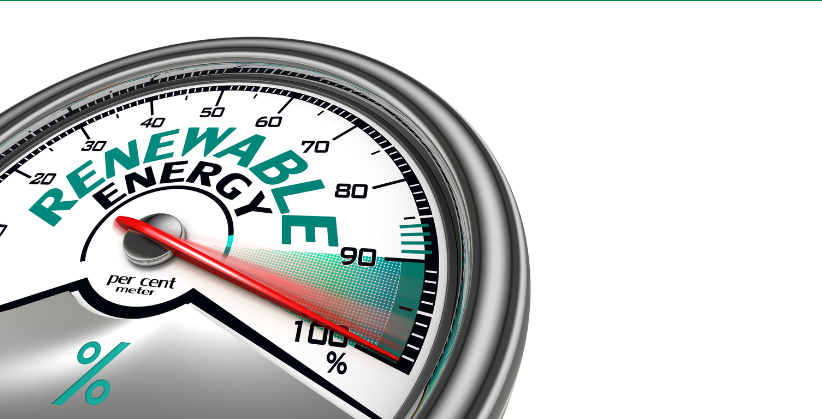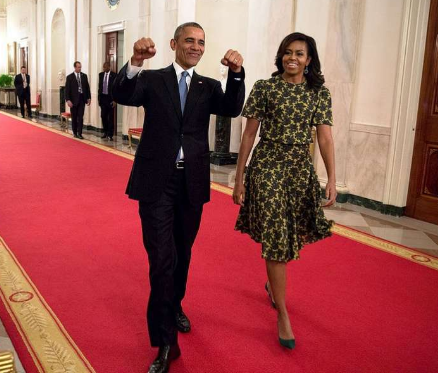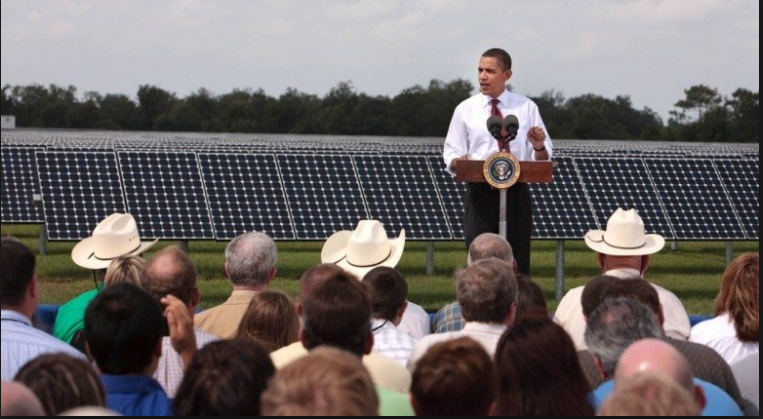
BOSTON, Mass. and WASHINGTON D.C. - The United States solar market just shattered all previous quarterly solar photovoltaic (PV) installation records. According to GTM Research and the Solar Energy Industries Association’s (SEIA) Q4 2016 U.S. Solar Market Insight report, 4,143 megawatts (MW) of solar PV were installed in the U.S. in the third quarter of the year, a rate of one MW every 32 minutes. That pace is even faster today, as the fourth quarter will surpass this past quarter’s historic total.
“Coming off our largest quarter ever and with an extremely impressive pipeline ahead, it’s safe to say the state of the solar industry here in America is strong,” said Tom Kimbis, SEIA’s interim president. “The solar market now enjoys an economically-winning hand that pays off both financially and environmentally, and American taxpayers have noticed. With a 90 percent favorability rating and 209,000 plus jobs, the U.S. solar industry has proven that when you combine smart policies with smart 21st century technology, consumers and businesses both benefit.”
The report points to an “unprecedented rate of project completion” in the utility-scale segment as a key growth driver. In fact, the utility-scale segment represented 77 percent of solar PV installed in the third quarter of the year. GTM Research anticipates that a massive 4.8 gigawatts (GW) of utility PV projects will come on-line in the fourth quarter of the year – that’s more than was installed across the entire utility PV segment in all of 2015.
“Driven by a large pipeline of utility PV projects initially procured under the assumption of a 2016 federal ITC expiration, the third quarter of 2016 represents the first phase of this massive wave of project completion – a trend that will continue well into the first half of 2017,” said Cory Honeyman, associate director of U.S. solar at GTM Research.



